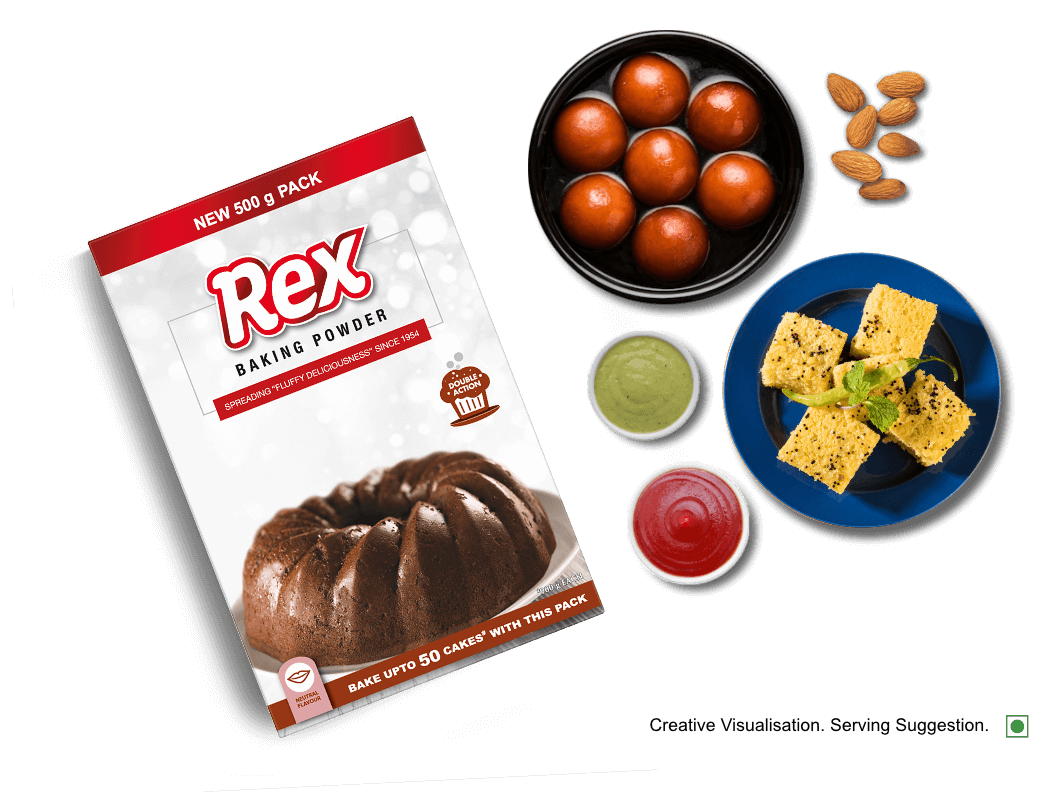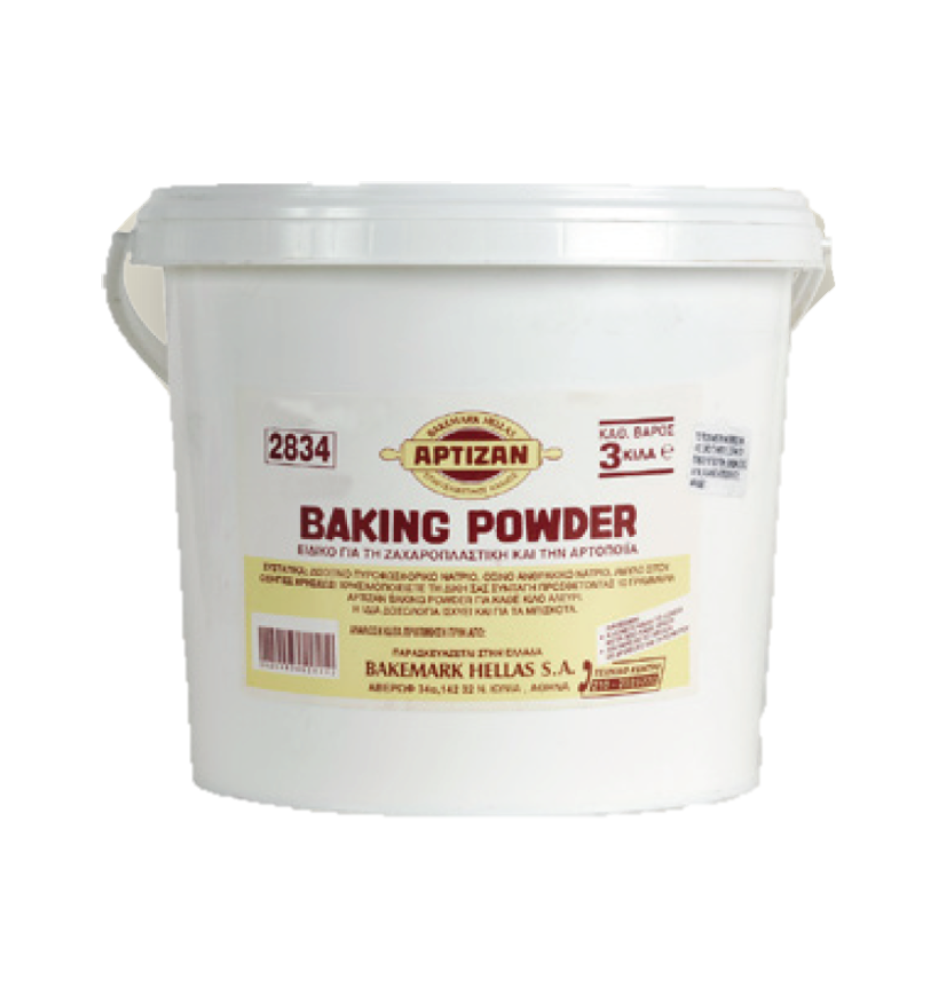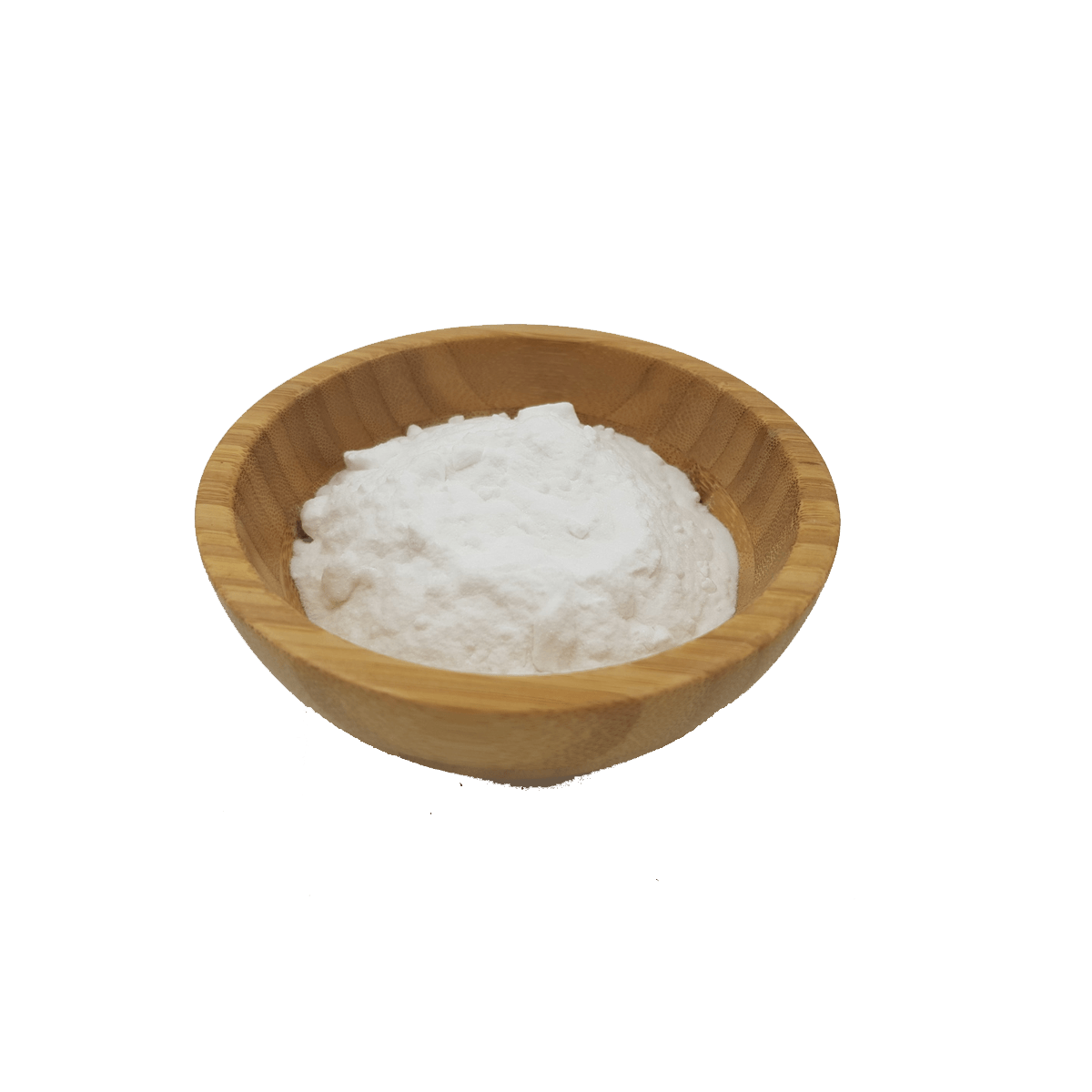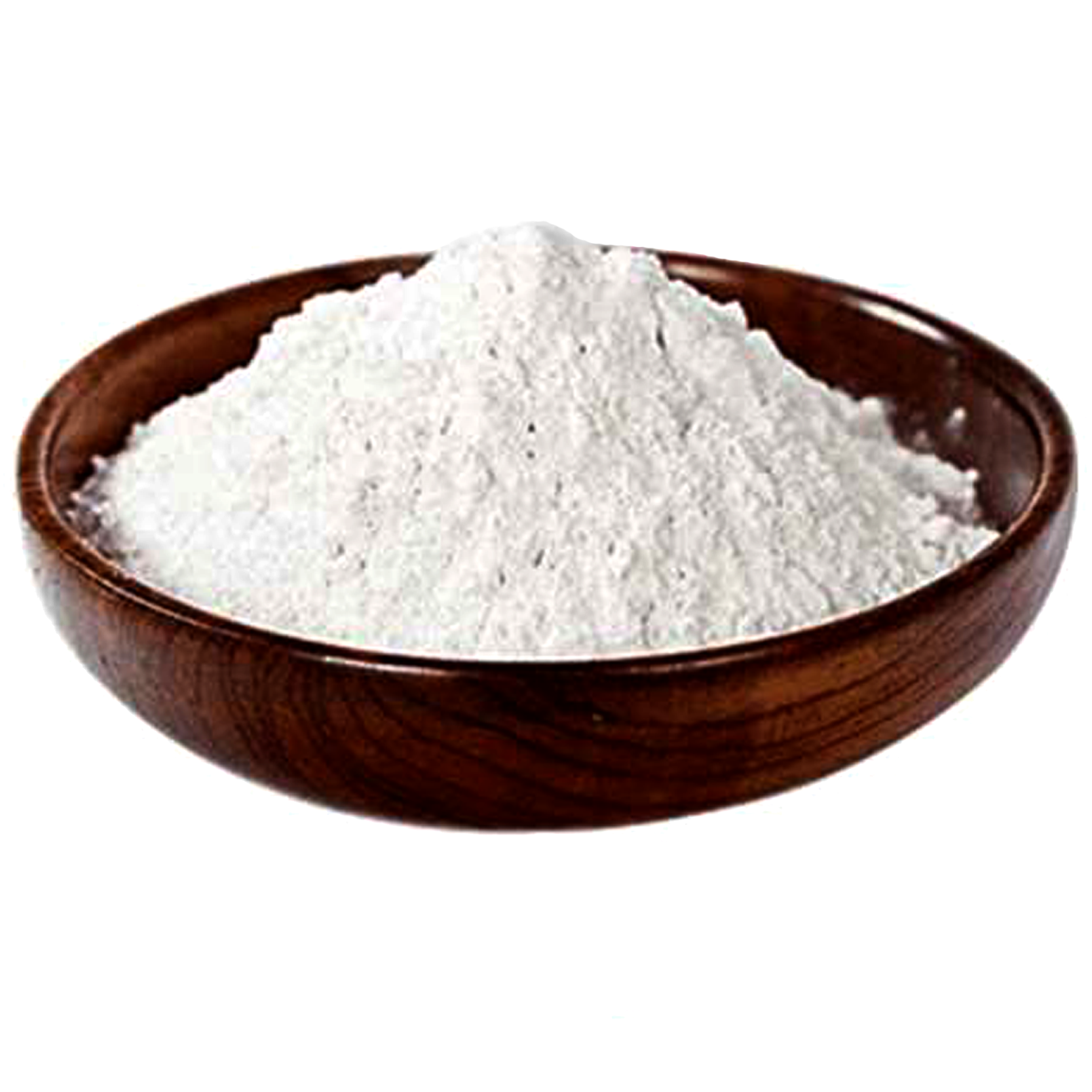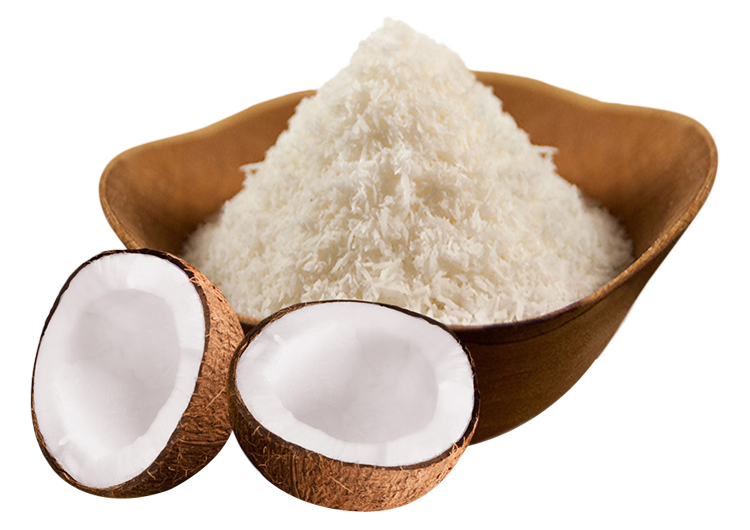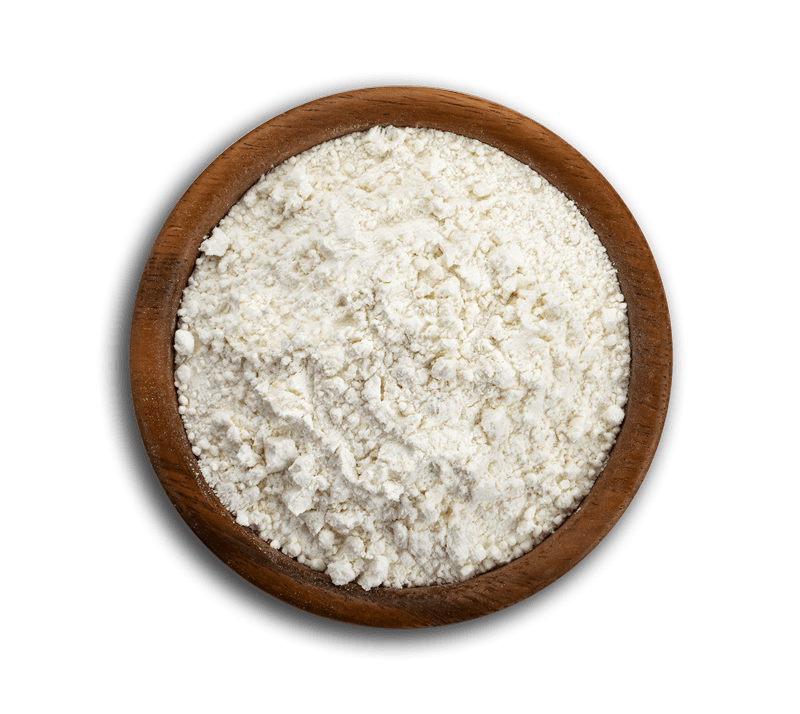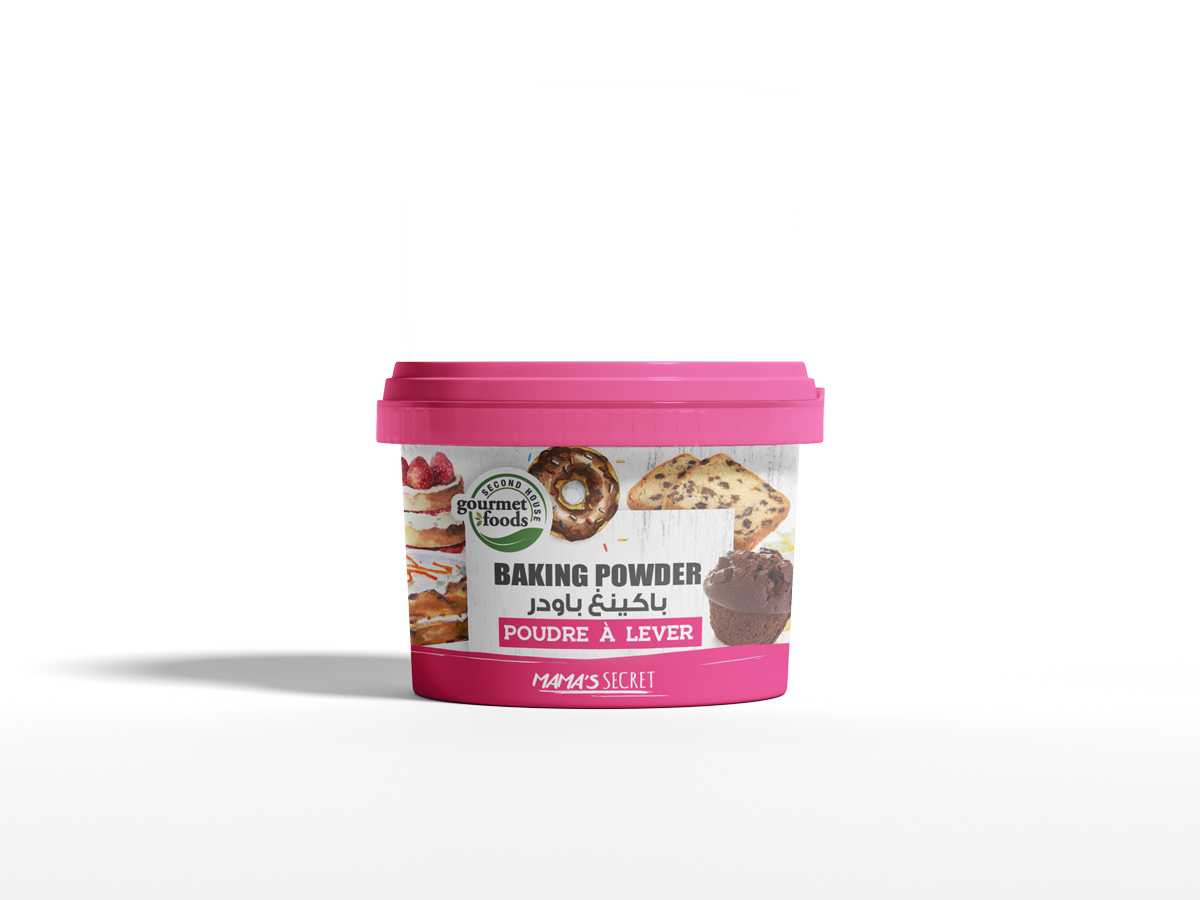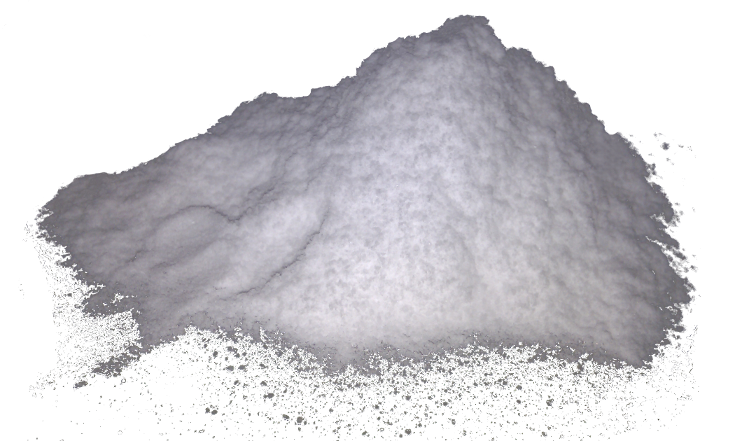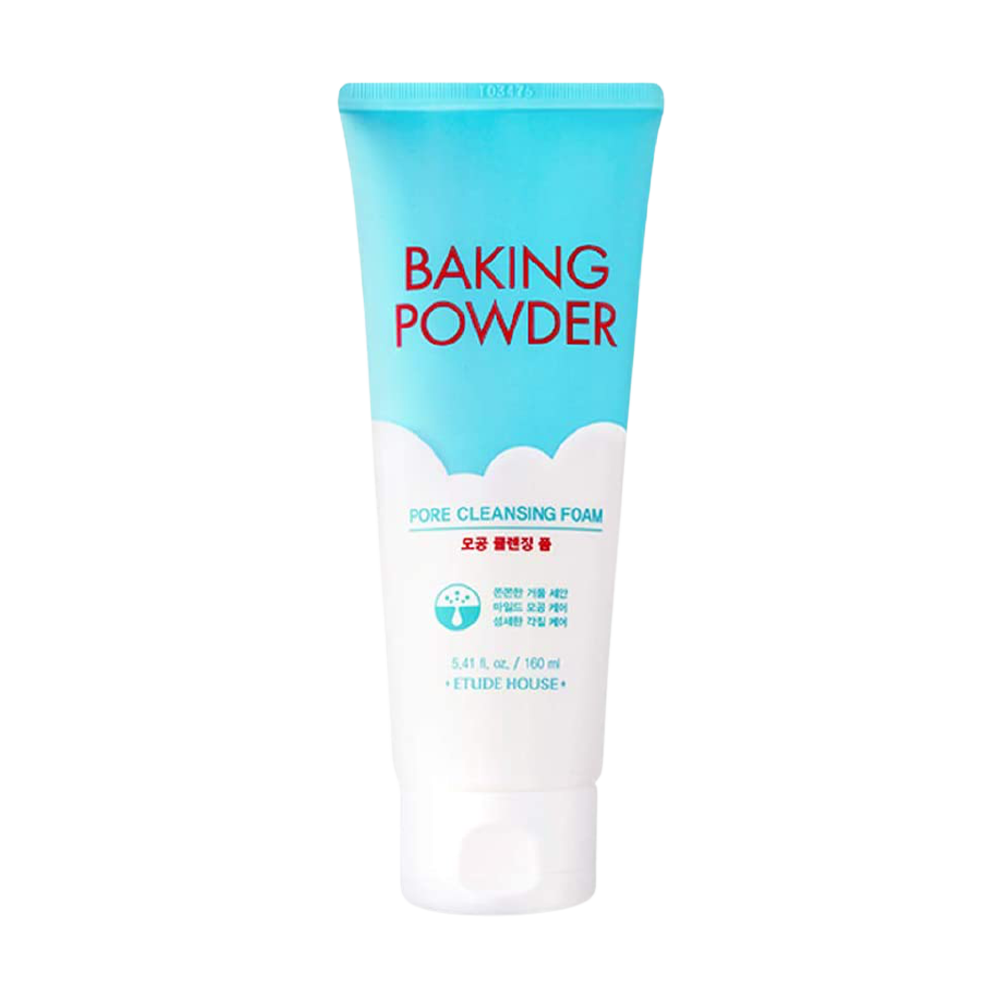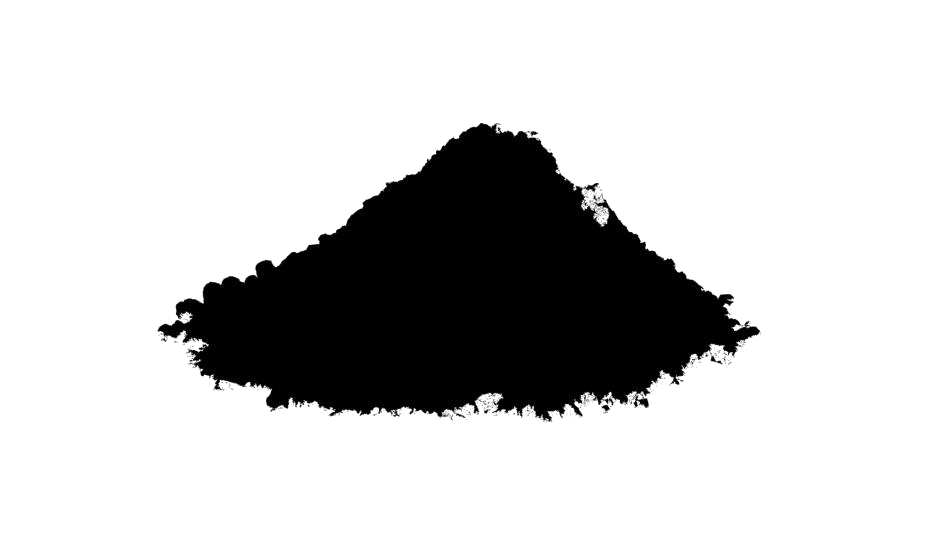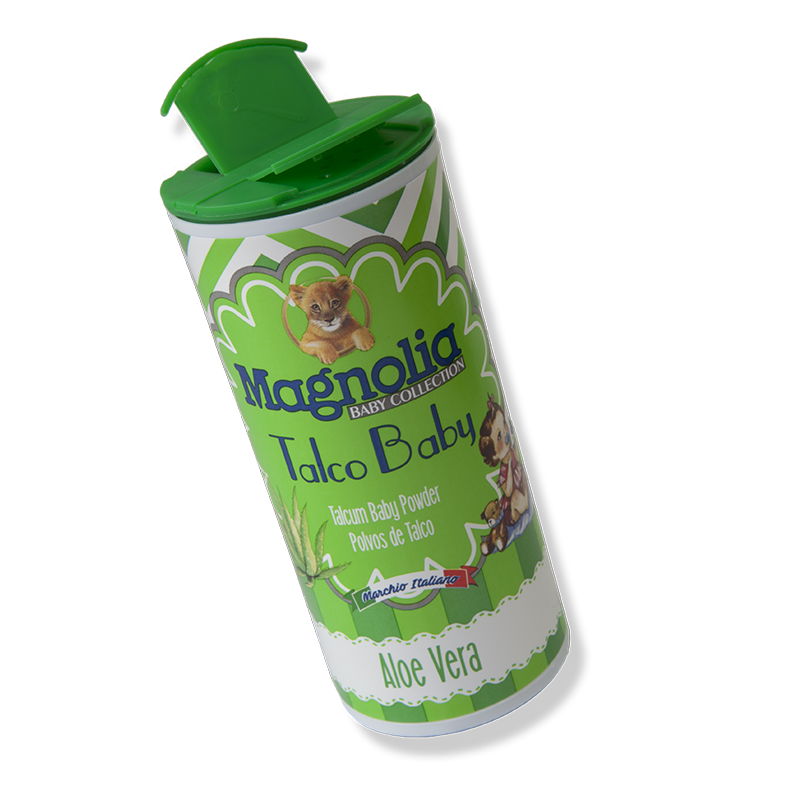Download top and best high-quality free Baking Powder PNG Transparent Images backgrounds available in various sizes. To view the full PNG size resolution click on any of the below image thumbnail.
License Info: Creative Commons 4.0 BY-NC
Baking powder is a dry chemical leavening ingredient of a mild acid and a carbonate or bicarbonate. The presence of a buffer, such as cornstarch, prevents the base and acid from interacting early. Baking powder is used to enhance the volume of baked products and lighten their texture. Carbon dioxide gas is released into a batter or dough through an acid-base interaction, producing bubbles in the wet liquid to expand and leaven the mixture.
In 1843, food producer Alfred Bird in England invented the first single-acting baking powder, which releases carbon dioxide at room temperature as soon as it is moistened. Eben Norton Horsford invented the first double-acting baking powder in the United States in the 1860s, which releases some carbon dioxide when wet and then releases more when heated by baking.
Baking powder is used in place of yeast for end-products when fermentation tastes are undesired, where the batter lacks the elastic structure to retain gas bubbles for more than a few minutes and to speed up the baking process. Chemical leavened breads are referred to as rapid breads because carbon dioxide is produced at a higher rate through the acid-base interaction than during fermentation.
Baking powder was a game-changer in terms of reducing the amount of time and effort necessary to produce breadstuffs. It resulted in the development of new sorts of baked products such as cakes, cookies, biscuits, and other baked goods.
Baking powder is made composed of a base, an acid, and a buffering agent to keep the acid and base from reacting until they’re used. Sodium bicarbonate (NaHCO3, commonly known as baking soda or bicarbonate of soda) plus one or more acid salts make up the majority of commercially available baking powders.
Acid-Base Reactions
The sodium bicarbonate and acid salts react with water to generate gaseous carbon dioxide. The fundamentals underlying baking powder formulas remain the same whether commercially or at home. The acid-base reaction can be expressed in the following way:
NaHCO3 + H+ na+ + CO2 naNO2 naNO
Because the acids are complex, the actual reactions are more complicated. For example, starting with baking soda and monocalcium phosphate, the following stoichiometry generates carbon dioxide:
A typical sodium bicarbonate, 5–12 percent monocalcium phosphate, and 21–26 percent sodium aluminium sulphate formulation (by weight) may include 30 percent sodium bicarbonate, 5–12 percent monocalcium phosphate, and 21–26 percent sodium aluminium sulphate. Instead of sodium aluminium sulphate, a commercial baking powder may utilise sodium acid pyrophosphate as one of the two acidic components. Cream of tartar (KC4H5O6), a tartaric acid derivative, is another common acid in such compositions.
The phrase “double acting” refers to the employment of two acidic components. Baking powder contains either a fast-acting or a slow-acting acid. A fast-acting acid interacts with baking soda in a wet combination at room temperature, but a slow-acting acid does not react until heated. Baking powders are classified as “double-acting” when they include both fast- and slow-acting acids; those containing just one acid are classified as “single-acting.”
Double-acting baking powders improve the consistency of baked items by allowing for a second rise in the oven, reducing the time between mixing and baking. This is the most common sort of baking powder on the market today. Baking powders that are double-acting function in two phases: cold and hot.
Download Baking Powder PNG images transparent gallery.
- Baking Powder PNG Picture
Resolution: 1041 × 800
Size: 149 KB
Image Format: .png
Download
- Baking Powder PNG
Resolution: 936 × 1000
Size: 526 KB
Image Format: .png
Download
- Baking Powder Transparent
Resolution: 1200 × 1200
Size: 169 KB
Image Format: .png
Download
- Baking Powder
Resolution: 1667 × 1667
Size: 1322 KB
Image Format: .png
Download
- Baking Powder PNG Clipart
Resolution: 750 × 530
Size: 376 KB
Image Format: .png
Download
- Baking Powder PNG Cutout
Resolution: 960 × 960
Size: 229 KB
Image Format: .png
Download
- Baking Powder PNG File
Resolution: 1014 × 997
Size: 208 KB
Image Format: .png
Download
- Baking Powder PNG HD Image
Resolution: 800 × 714
Size: 204 KB
Image Format: .png
Download
- Baking Powder PNG Image HD
Resolution: 1200 × 900
Size: 433 KB
Image Format: .png
Download
- Baking Powder PNG Image
Resolution: 742 × 441
Size: 429 KB
Image Format: .png
Download
- Baking Powder PNG Images
Resolution: 1000 × 1000
Size: 218 KB
Image Format: .png
Download
- Baking Powder PNG Photo
Resolution: 1024 × 1024
Size: 537 KB
Image Format: .png
Download
- Baking Powder PNG Photos
Resolution: 934 × 534
Size: 60 KB
Image Format: .png
Download
- Baking Powder PNG Pic
Resolution: 800 × 800
Size: 401 KB
Image Format: .png
Download
